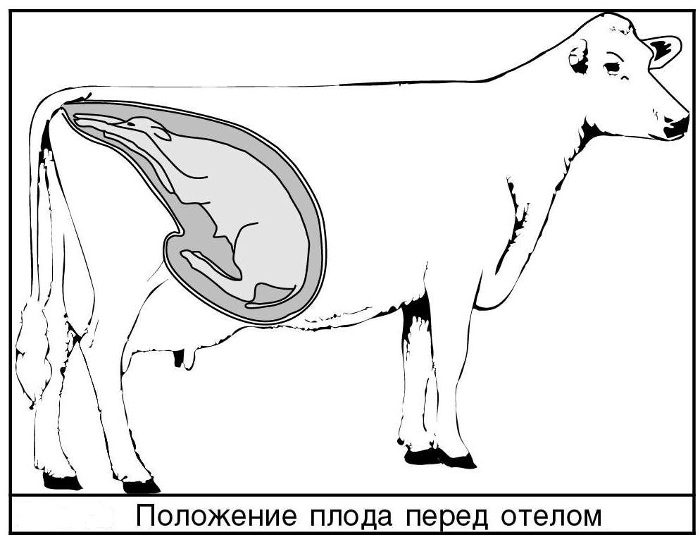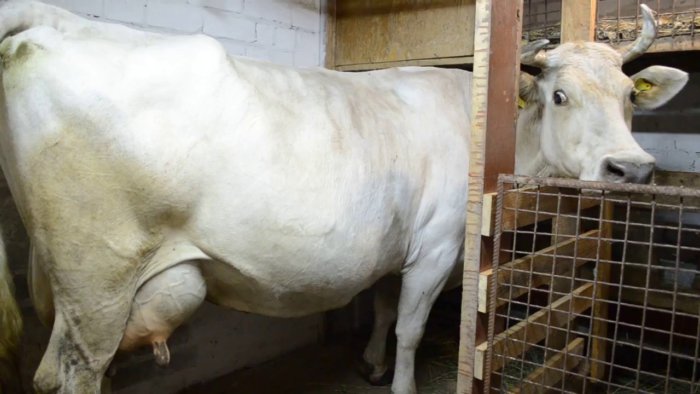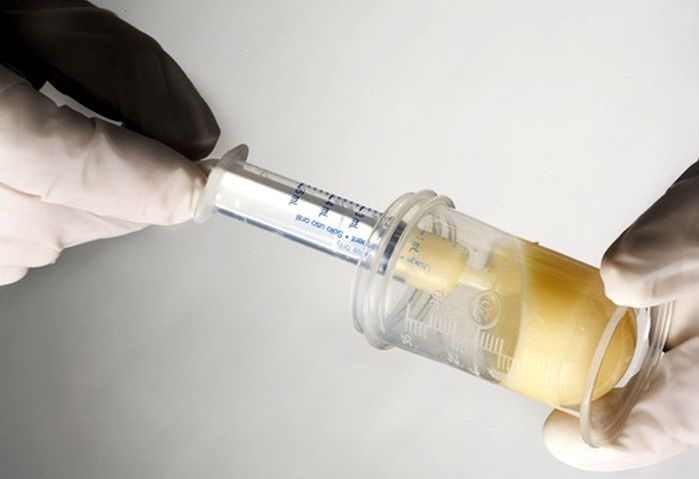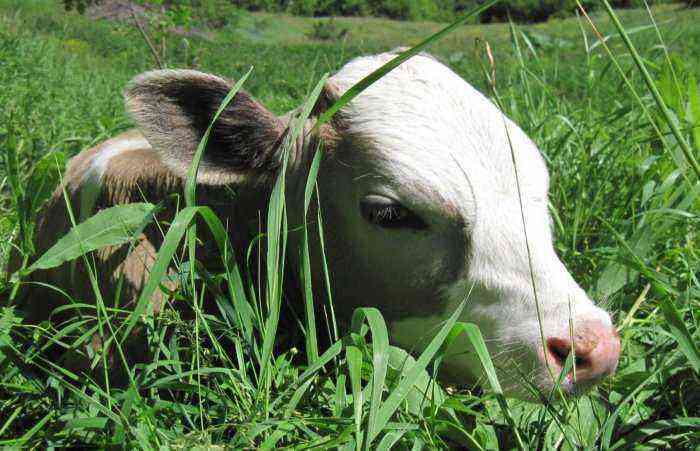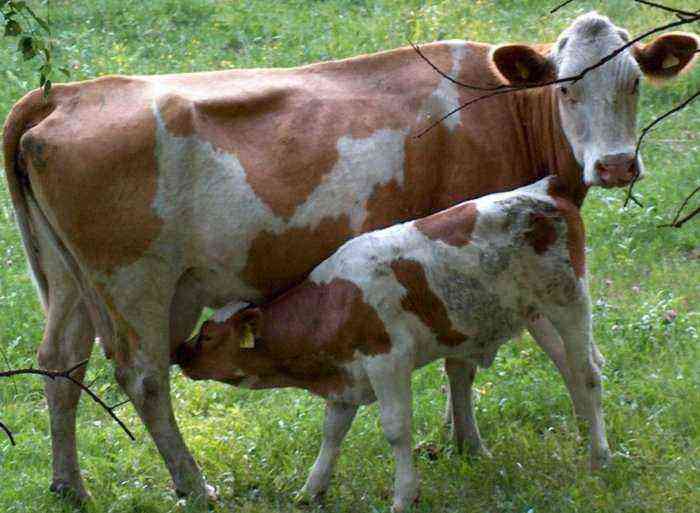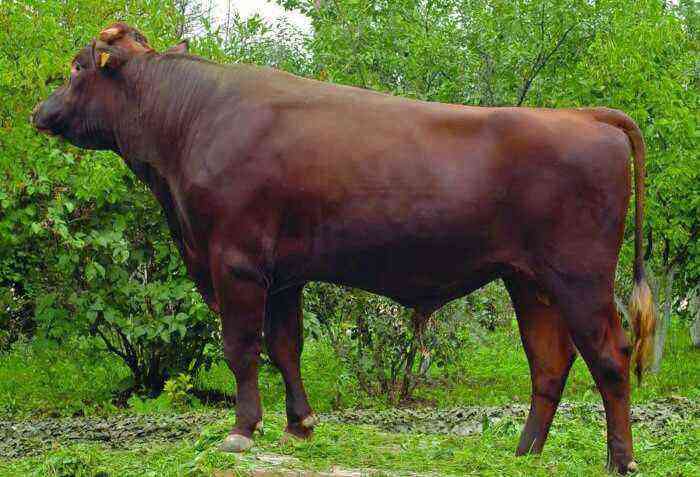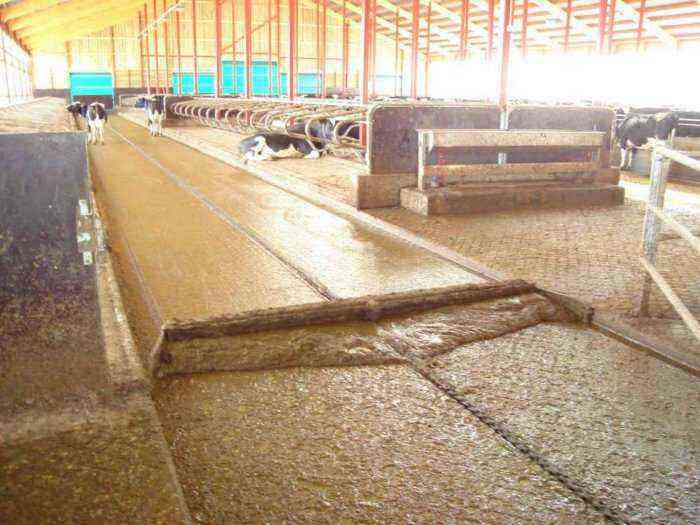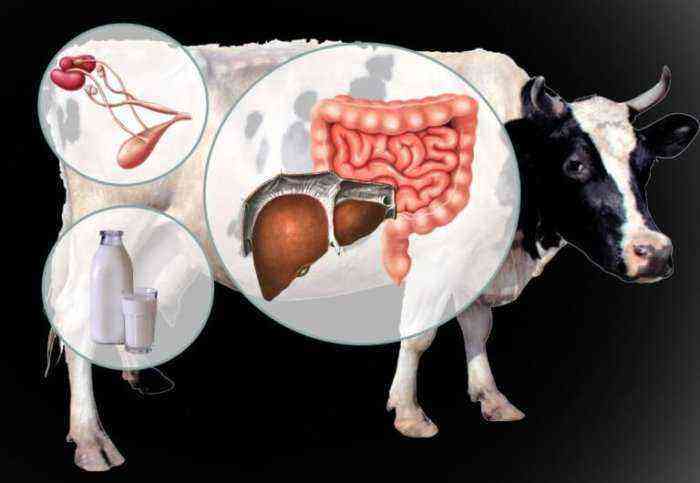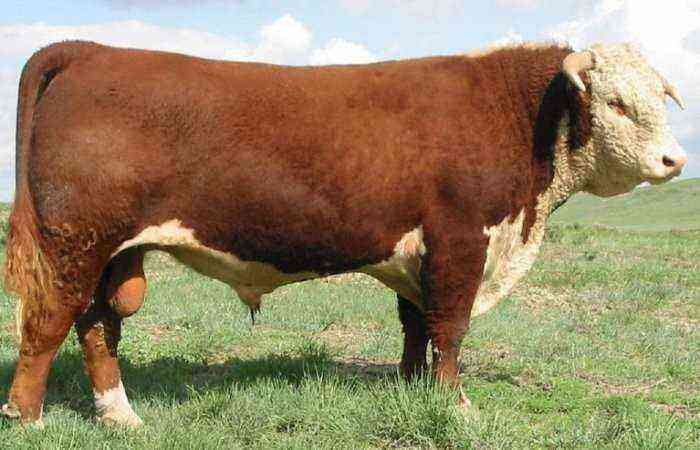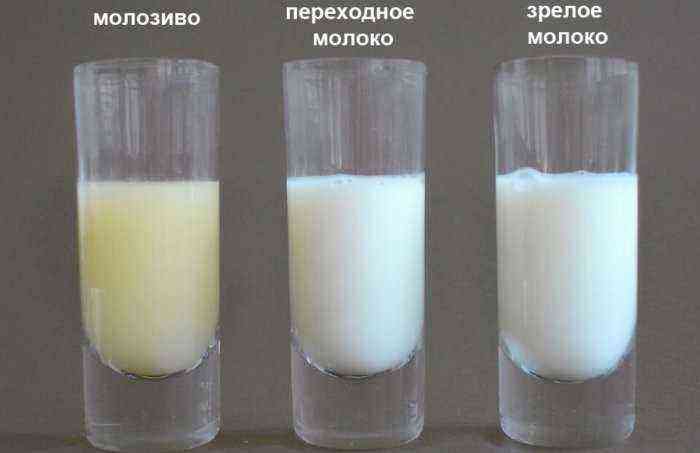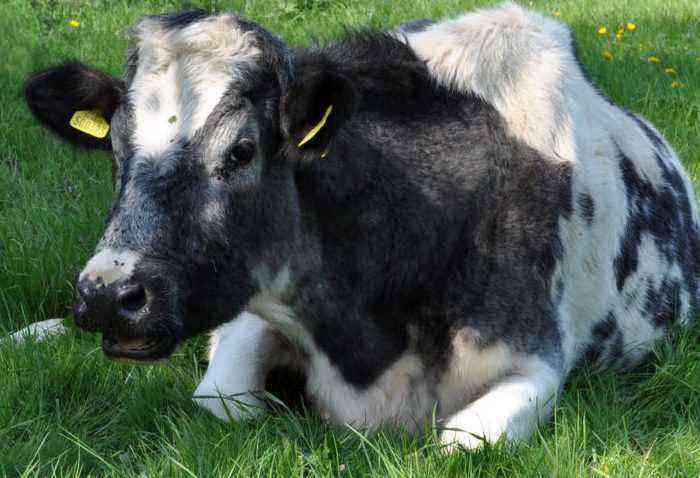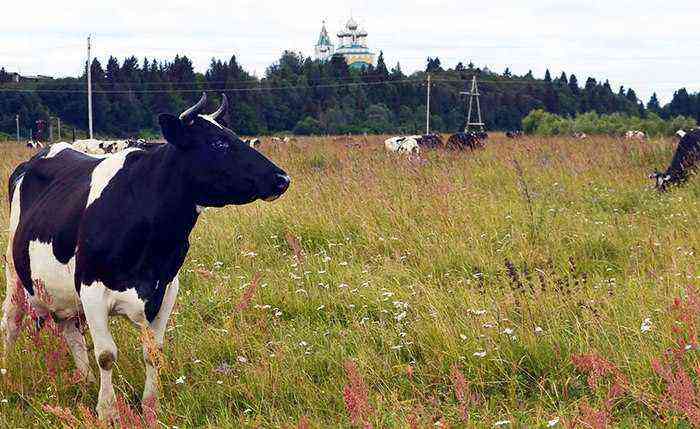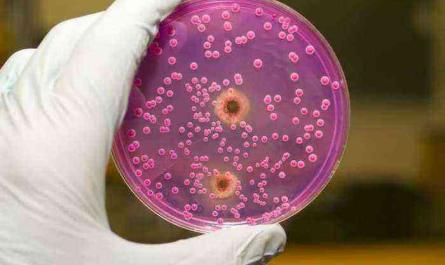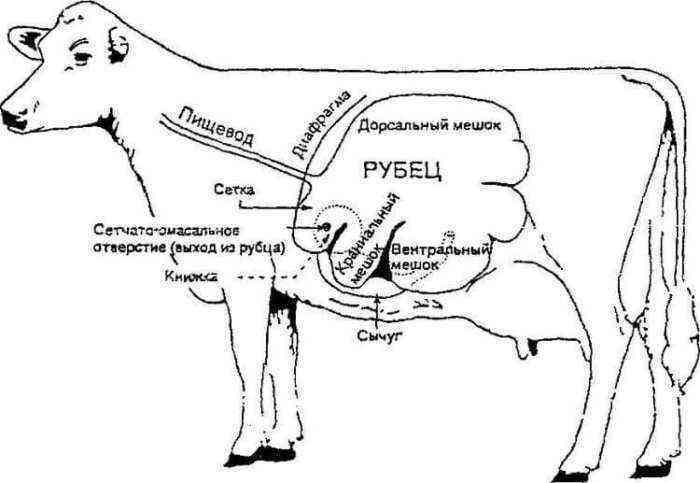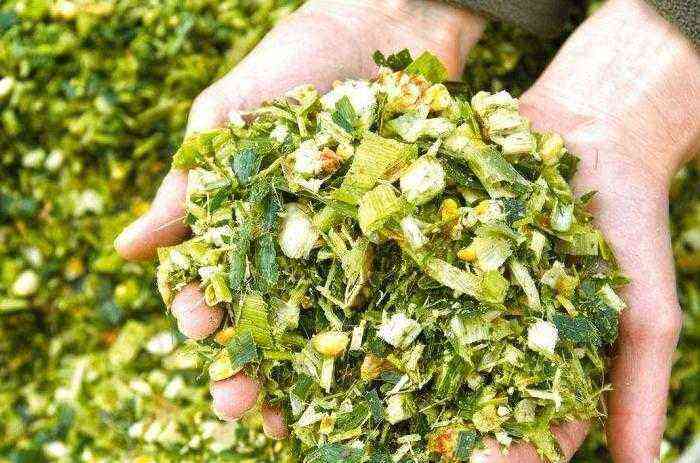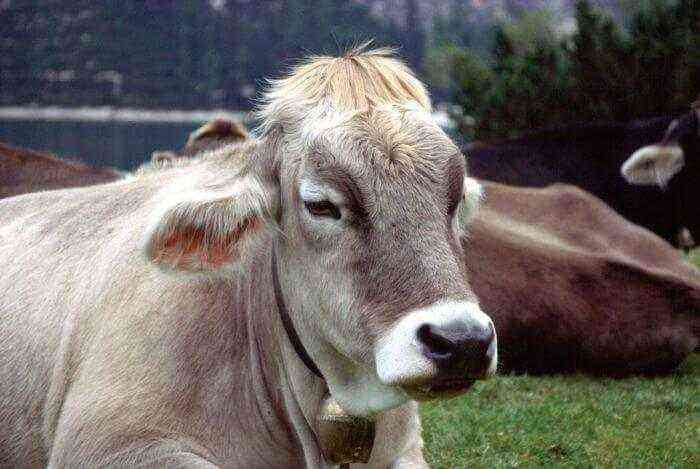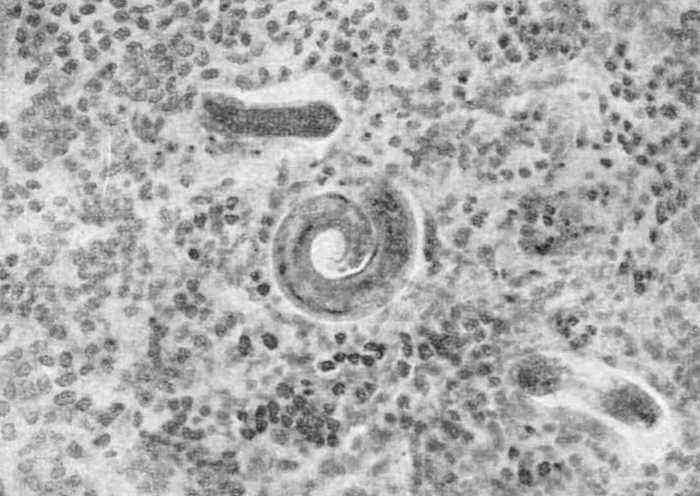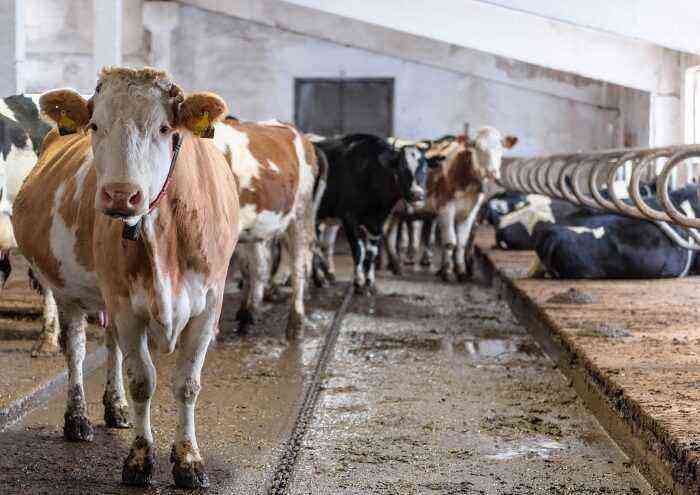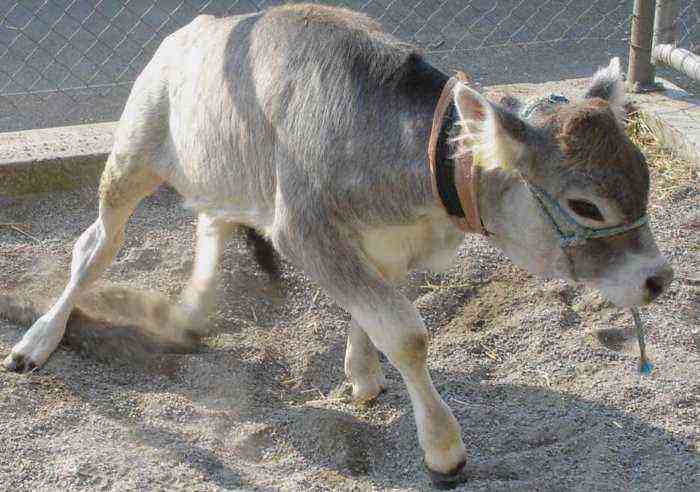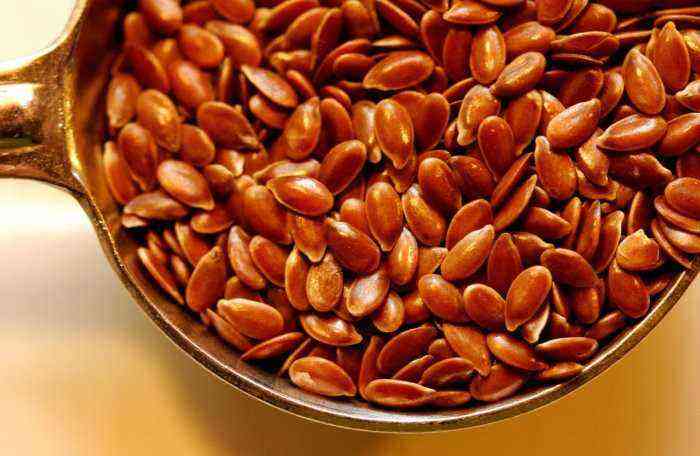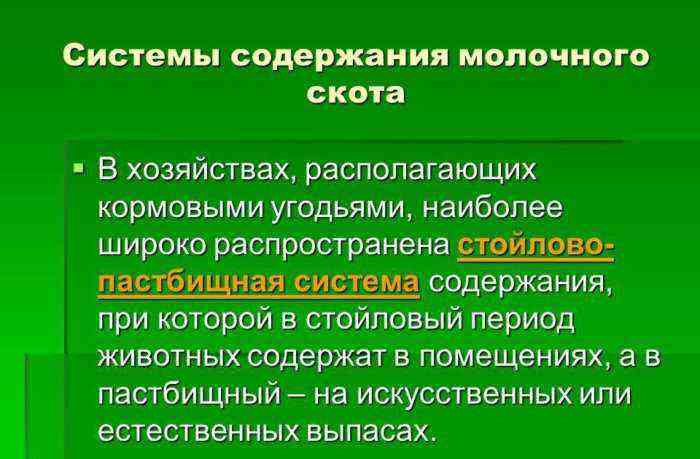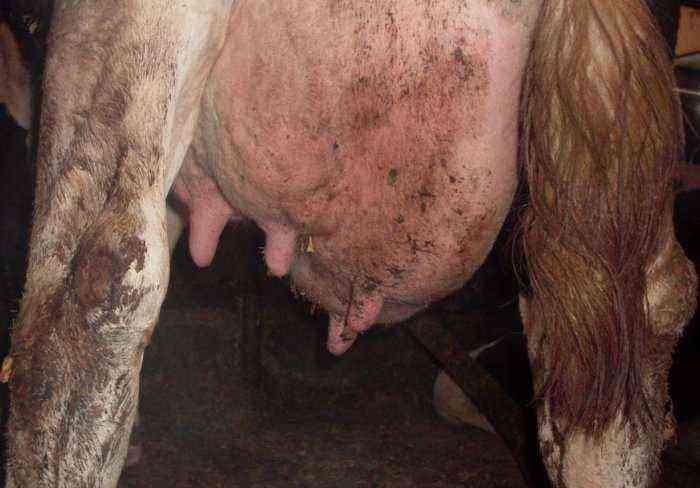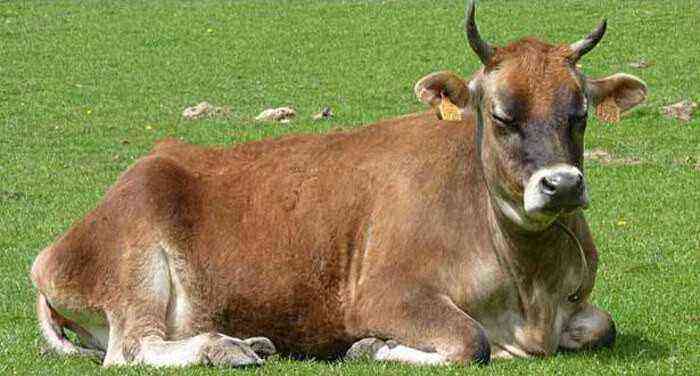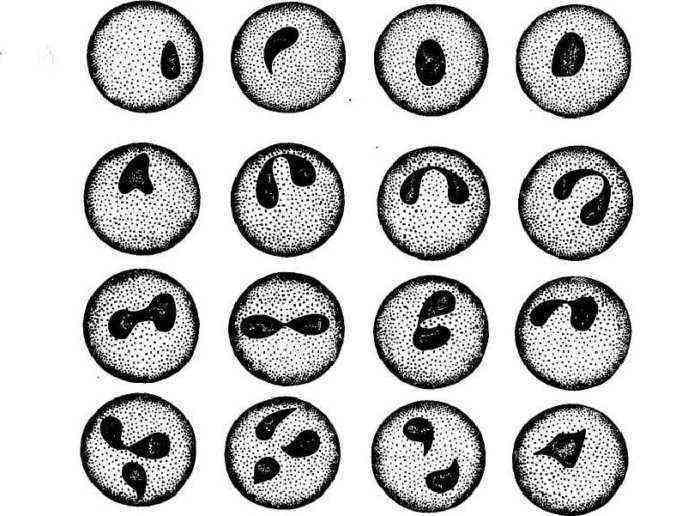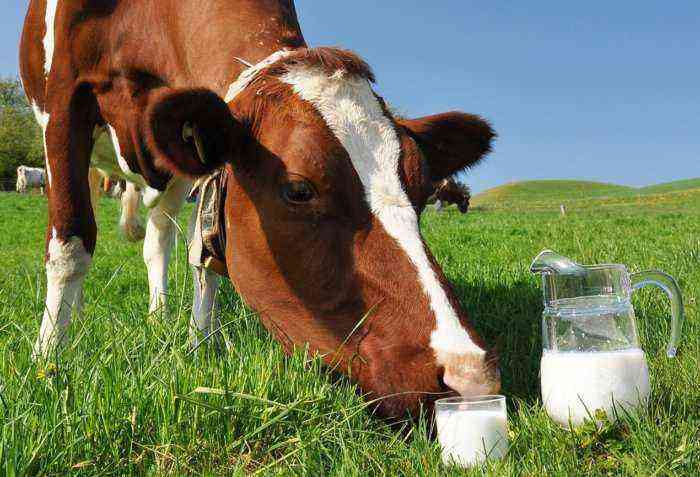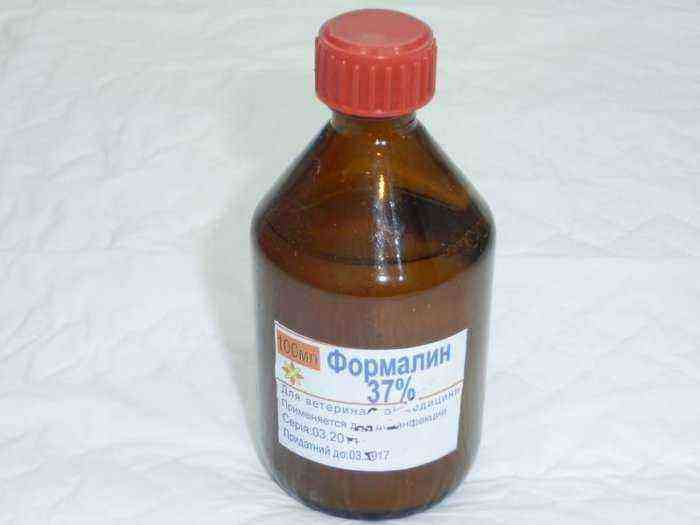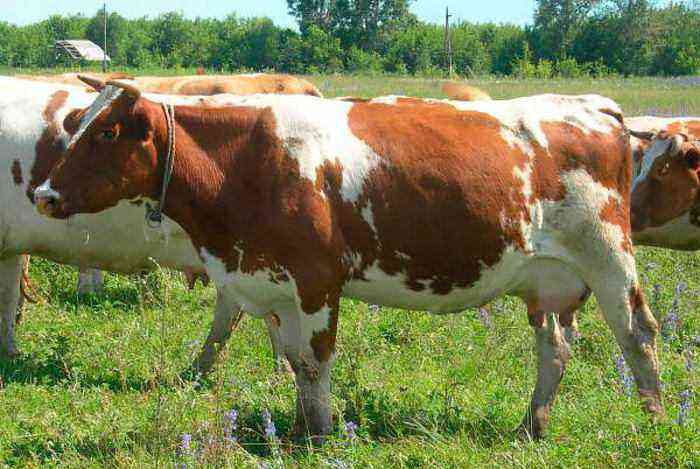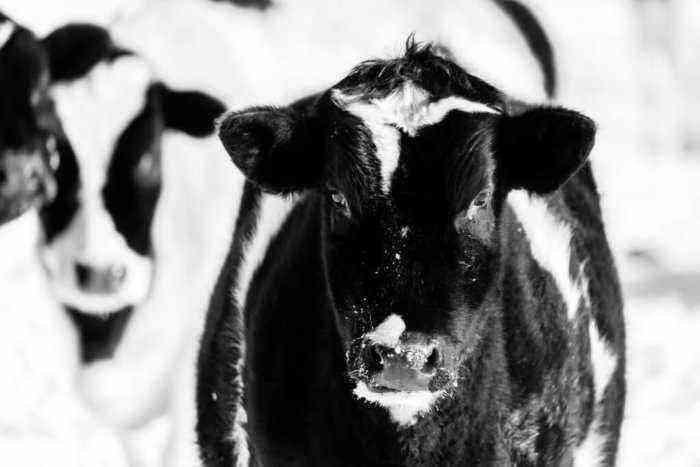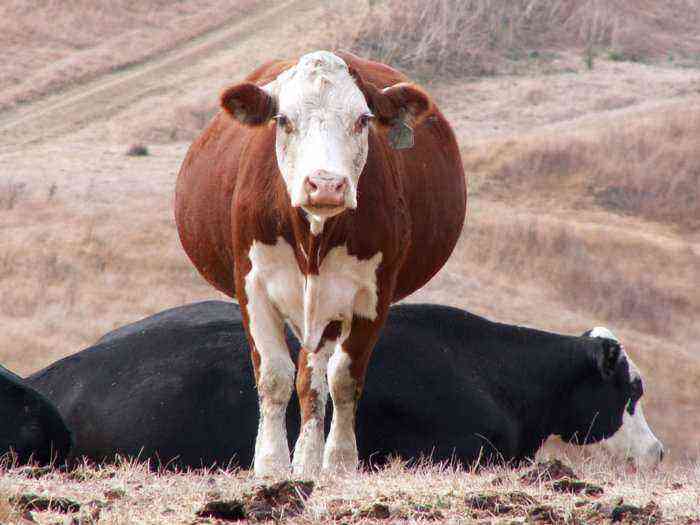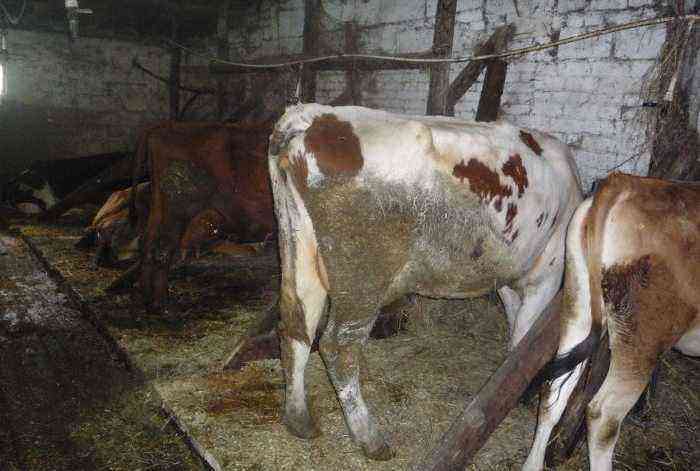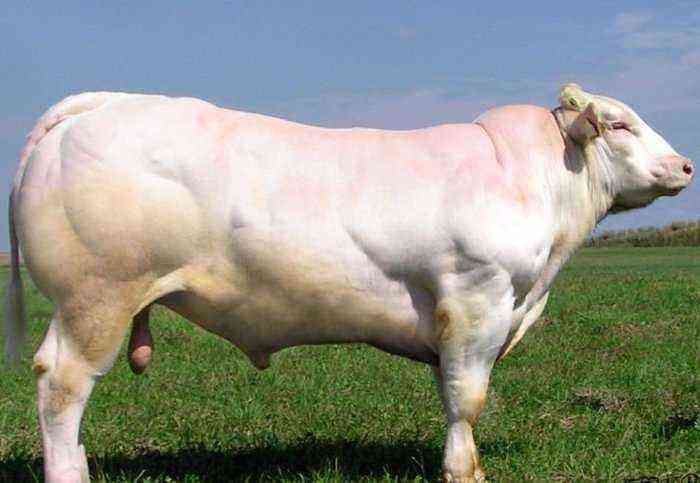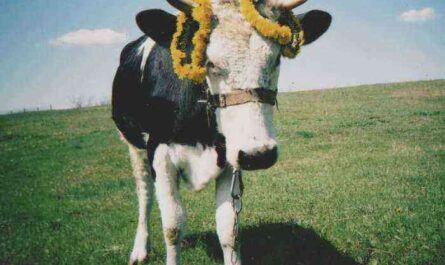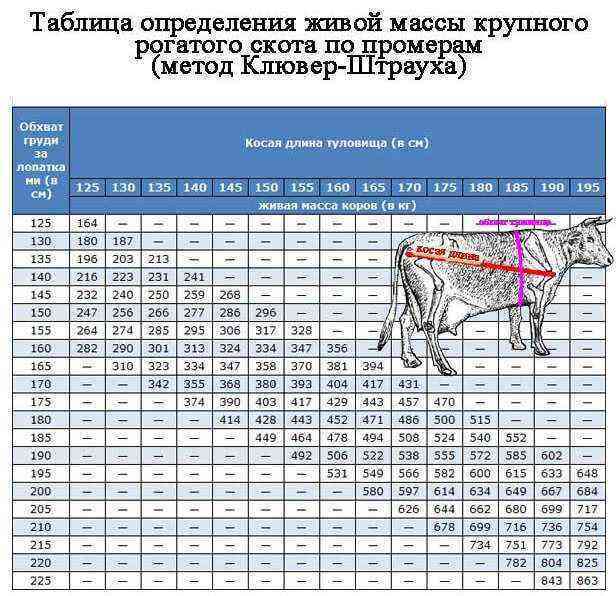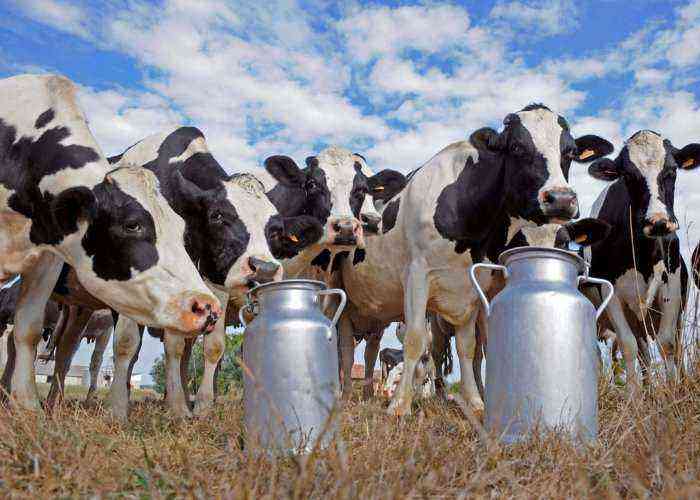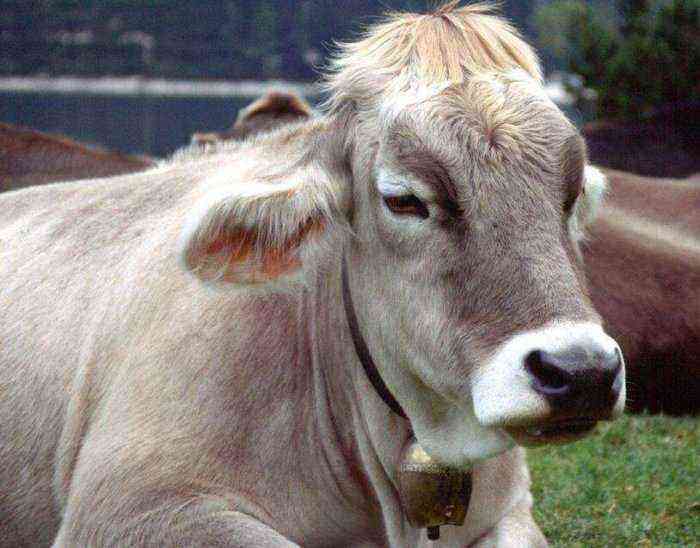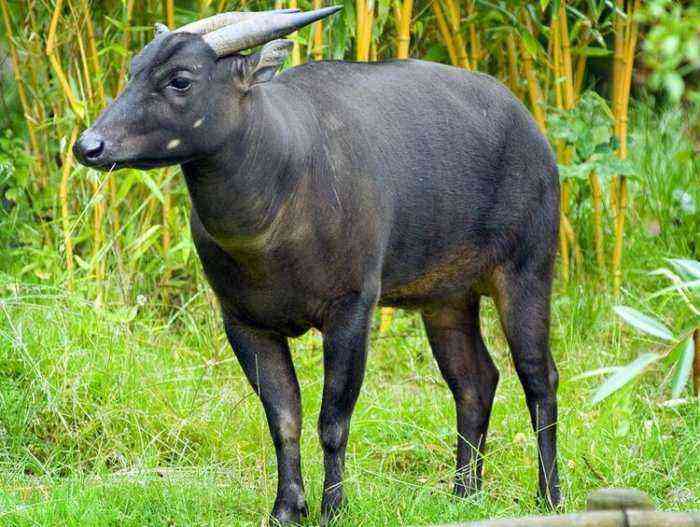Calving a cow is an event that matters to every farmer. The appearance of the offspring is expected for 9 months, all this time they put a lot of work into caring for the animal, because the pregnant cow needs proper maintenance, good nutrition and attentive attitude. How a cow gives birth, by what signs it is possible to determine the approach of calving, what to do after the birth of a calf, how to feed a cow – readers will find answers to these questions in this article.
Calving cow
What is calving?
The birth of a cow is called calving. During this process, a calf appears from the cow’s birth canal, which developed in her womb for more than 9 months. Labor activity begins with contractions. These are strong contractions of the uterus, during which the opening of her cervix occurs. When it opens completely, attempts will begin. During pushing, the calf naturally moves out of the uterus through the birth canal and out through the vagina. This whole process is called calving and can take several hours. The duration of labor depends on many factors:
- Has the cow given birth before?
- From the state of health of the cow.
- From the size of the calf and the number of fetuses in the uterus.
Attention! From the beginning of attempts to the appearance of offspring in the normal course of the birth process, no more than an hour passes. In first-calf heifers, calving may take longer.
In some cases, veterinarians recommend performing a caesarean section on cows. Surgery is indicated in the following cases:
- The animal has a narrow birth canal.
- The cervix does not open.
- During pregnancy, the uterus twisted.
- Large or dead fetus.
- The calf is poorly located in the uterus, it cannot be deployed.
Reference. The veterinarian should make a decision to perform the operation no later than 12 hours after the contractions began in order to avoid complications.
Signs that a cow is about to give birth
Body position before calving
It is very important to learn to recognize the approach of labor activity. The cow calving calendar kept by farmers helps to approximate which days the likelihood of labor is high, but it is impossible to determine the exact day. By observing changes in the behavior of the animal, it can be understood that the period of pregnancy ends. Consider the signs that a cow is about to calve:
- The animal looks scared, restless.
- During the grazing period, during the walking, the cow separates from the herd and strives to hide in a secluded place.
- A few days before childbirth, the external genitalia swell.
- There is a relaxation of the ligaments near the root of the tail (they are soft on palpation).
- Shortly before the onset of calving, a mucous secretion is secreted from the vulva.
- Squeezing the nipple, you can find colostrum in the udder.
A document that is mandatory for every farm helps to navigate the timing, which will be discussed later.
Cow launch and calving calendar
Farmers keep this important document very carefully. As soon as the individual has been fertilized, the farmer makes a note in the calendar for the launch and calving of cows. Starting from this day, the calf-bearing time is counted down. The document contains all the data on how the pregnancy proceeds when it is necessary to introduce the cow into the dead wood.
The launch is made 2 months before the expected date of birth. It is necessary for the cow to gain strength before the next lactation period. Thanks to such a document, the farmer roughly assumes at what time the offspring will be born. However, he cannot predict this accurately, as it happens that cows move or calve a little ahead of time.
Reference. On average, a cow’s pregnancy lasts 285 days, but labor activity can begin a week earlier or later than the specified period, this is within the normal range.
What to do before calving?
Looking at the cow’s calving table, the farmer is preparing for the appearance of the offspring, but he can more accurately determine when the birth will come, he can by the behavior of the cow and the changes that occur to her.
Behavior of a cow before calving
On the eve of childbirth, the animal behaves strangely – it steps over with its hind limbs, looks around, hums. These signs indicate that the cow feels the proximity of the appearance of the calf and notices the changes taking place. The farmer needs to notice the approach of childbirth in time and be ready to help the cow, if necessary. He must tidy up the stall, remove the garbage, lay clean soft hay, make sure that the room is warm and dry. The calving of a cow and the reception of a calf should take place under normal conditions, you need to prepare for this in advance.
It is necessary to bring the following items to the stall that will be needed during the birth process:
- Scissors.
- Threads for bandaging the umbilical cord.
- Iodine.
- Warm boiled water.
- Nappies.
- Gloves.
- Soap (before giving birth, the cow must be washed).
How much milk does a heifer give per day?
A cow before calving does not give milk, because two months before giving birth, they start her up, that is, they stop milking. But with the advent of offspring, a new lactation period begins. In the first 5-6 days after the birth of a calf, mainly colostrum is produced in the mammary gland.. It contains valuable substances for offspring – antibodies that maintain the health of the newborn. Approximately on the 6th day, milk can already be taken for human consumption, it becomes more fatty, nutritious, and its amount in the udder increases.
Important! Milking cows in the post-calving period must be carried out correctly, otherwise the risk of developing mastitis will increase. Also, the productivity of the animal depends on the correctness of the actions of the farmer.
The first lactation period, which lasts about 3,5 months, is the most productive. At this time, you can get about 70% of the total volume of milk per year, but on condition that the milking rules are not violated. Productivity to a large extent depends on the “experience” of the animal, for example, first-calf heifers initially give a little milk, but all subsequent lactations can be more promising. It is believed that if a heifer is capable of producing more than 10 liters of milk daily, it can be safely left for further maintenance. This is a good indicator, which will increase over time.
cow colostrum
It will take patience and perseverance to milk a cow that has calved for the first time. The milkmaid should regularly massage the udder, because the udder of the heifers is swollen, and the skin on it is not yet very elastic. Regular and correct pumping of the entire volume of milk will contribute to its production.. Usually, by the 10th day after calving, the mammary gland returns to normal, the edema gradually disappears. Animal nutrition plays a huge role in increasing productivity.
Feeding after calving
The organization of a full-fledged diet is the primary task of the farmer. In the first days after the birth of calves, the nutrition of cows usually does not change, it remains the same as it was during pregnancy. It is very important not to provoke a sharp increase in the volume of milk in the udder so that mastitis does not develop. Approximately on the 9-10th day, the calving cow can already be introduced into the diet of the full rate of concentrated feed and root crops.
Closer to day 15, when they enter the active phase of milking, the animal should be fed intensively. Each individual should receive 2-3 feed units more per day. Farmers call this supplement “advance”, it is designed to produce additional volume of milk. During this period and over the next 3 months, the diet of the cow is:
- Bulky feed (60%).
- Concentrates (40%).
Note. Highly productive individuals may lose weight due to the release of large volumes of milk. In this case, the amount of voluminous feed is reduced, and concentrates are increased.
Calving in cows is a significant event, you need to prepare for it in advance. The farmer should learn to recognize the approach of labor in time in order to help the animal. The postpartum period is also associated with a lot of worries – it is necessary to properly care for the cow and offspring, milk the cow so that she gives more milk, and organize good nutrition for her. All this knowledge and skills will help the farmer to successfully conduct his business.
